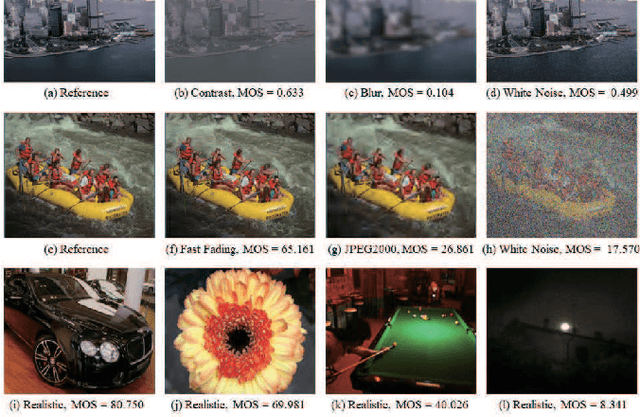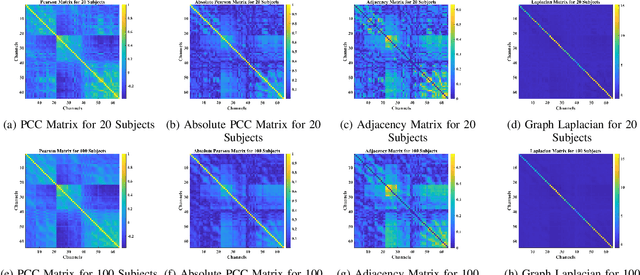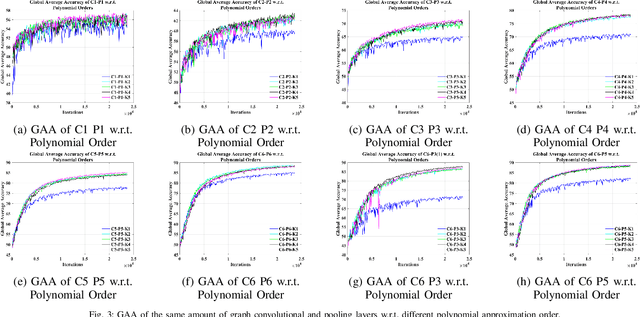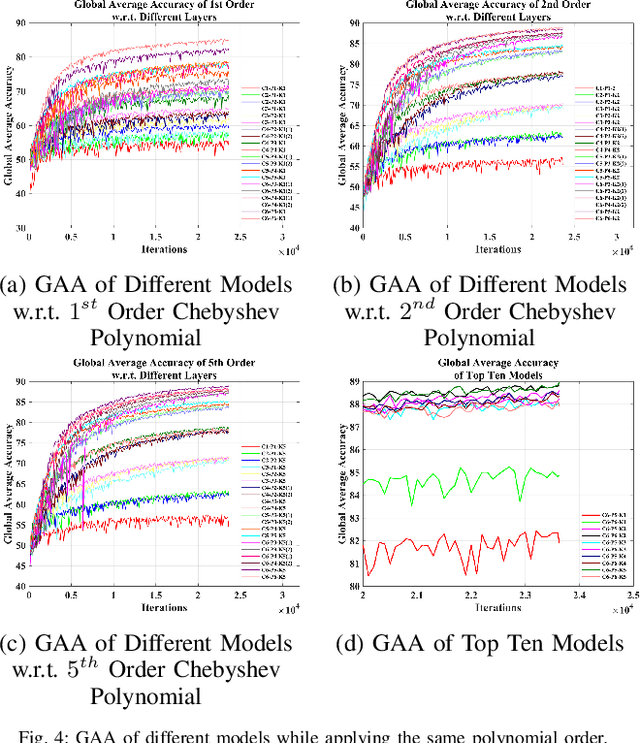Shuyue Jia
PMU measurements based short-term voltage stability assessment of power systems via deep transfer learning
Aug 27, 2023Abstract:Deep learning has emerged as an effective solution for addressing the challenges of short-term voltage stability assessment (STVSA) in power systems. However, existing deep learning-based STVSA approaches face limitations in adapting to topological changes, sample labeling, and handling small datasets. To overcome these challenges, this paper proposes a novel phasor measurement unit (PMU) measurements-based STVSA method by using deep transfer learning. The method leverages the real-time dynamic information captured by PMUs to create an initial dataset. It employs temporal ensembling for sample labeling and utilizes least squares generative adversarial networks (LSGAN) for data augmentation, enabling effective deep learning on small-scale datasets. Additionally, the method enhances adaptability to topological changes by exploring connections between different faults. Experimental results on the IEEE 39-bus test system demonstrate that the proposed method improves model evaluation accuracy by approximately 20% through transfer learning, exhibiting strong adaptability to topological changes. Leveraging the self-attention mechanism of the Transformer model, this approach offers significant advantages over shallow learning methods and other deep learning-based approaches.
Learning from Mixed Datasets: A Monotonic Image Quality Assessment Model
Sep 28, 2022



Abstract:Deep learning based image quality assessment (IQA) models usually learn to predict image quality from a single dataset, leading the model to overfit specific scenes. To account for this, mixed datasets training can be an effective way to enhance the generalization capability of the model. However, it is nontrivial to combine different IQA datasets, as their quality evaluation criteria, score ranges, view conditions, as well as subjects are usually not shared during the image quality annotation. In this paper, instead of aligning the annotations, we propose a monotonic neural network for IQA model learning with different datasets combined. In particular, our model consists of a dataset-shared quality regressor and several dataset-specific quality transformers. The quality regressor aims to obtain the perceptual qualities of each dataset while each quality transformer maps the perceptual qualities to the corresponding dataset annotations with their monotonicity maintained. The experimental results verify the effectiveness of the proposed learning strategy and our code is available at https://github.com/fzp0424/MonotonicIQA.
GCNs-Net: A Graph Convolutional Neural Network Approach for Decoding Time-resolved EEG Motor Imagery Signals
Jun 16, 2020



Abstract:Towards developing effective and efficient brain-computer interface (BCI) systems, precise decoding of brain activity measured by electroencephalogram (EEG), is highly demanded. Traditional works classify EEG signals without considering the topological relationship among electrodes. However, neuroscience research has increasingly emphasized network patterns of brain dynamics. Thus, the Euclidean structure of electrodes might not adequately reflect the interaction between signals. To fill the gap, a novel deep learning framework based on the graph convolutional neural networks (GCNs) was presented to enhance the decoding performance of raw EEG signals during different types of motor imagery (MI) tasks while cooperating with the functional topological relationship of electrodes. Based on the absolute Pearson's matrix of overall signals, the graph Laplacian of EEG electrodes was built up. The GCNs-Net constructed by graph convolutional layers learns the generalized features. The followed pooling layers reduce dimensionality, and the fully-connected softmax layer derives the final prediction. The introduced approach has been shown to converge for both personalized and group-wise predictions. It has achieved the highest averaged accuracy, 93.056% and 88.57% (PhysioNet Dataset), 96.24% and 80.89% (High Gamma Dataset), at the subject and group level, respectively, compared with existing studies, which suggests adaptability and robustness to individual variability. Moreover, the performance was stably reproducible among repetitive experiments for cross-validation. To conclude, the GCNs-Net filters EEG signals based on the functional topological relationship, which manages to decode relevant features for brain motor imagery.
Deep Feature Mining via Attention-based BiLSTM-GCN for Human Motor Imagery Recognition
May 02, 2020



Abstract:Recognition accuracy and response time are both critically essential ahead of building practical electroencephalography (EEG) based brain-computer interface (BCI). Recent approaches, however, have either compromised in the classification accuracy or responding time. This paper presents a novel deep learning approach designed towards remarkably accurate and responsive motor imagery (MI) recognition based on scalp EEG. Bidirectional Long Short-term Memory (BiLSTM) with the Attention mechanism manages to derive relevant features from raw EEG signals. The connected graph convolutional neural network (GCN) promotes the decoding performance by cooperating with the topological structure of features, which are estimated from the overall data. The 0.4-second detection framework has shown effective and efficient prediction based on individual and group-wise training, with 98.81% and 94.64% accuracy, respectively, which outperformed all the state-of-the-art studies. The introduced deep feature mining approach can precisely recognize human motion intents from raw EEG signals, which paves the road to translate the EEG based MI recognition to practical BCI systems.
 Add to Chrome
Add to Chrome Add to Firefox
Add to Firefox Add to Edge
Add to Edge